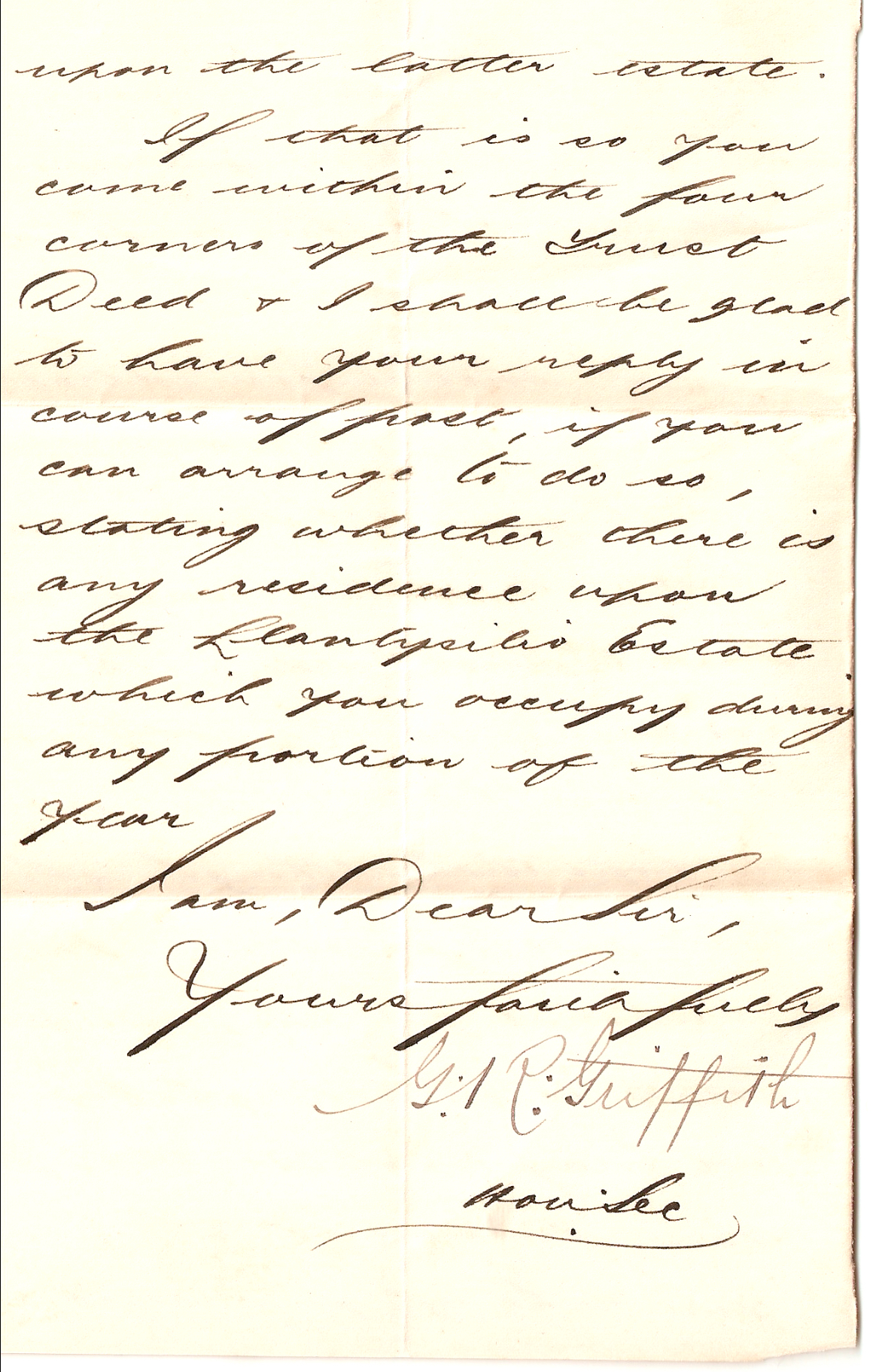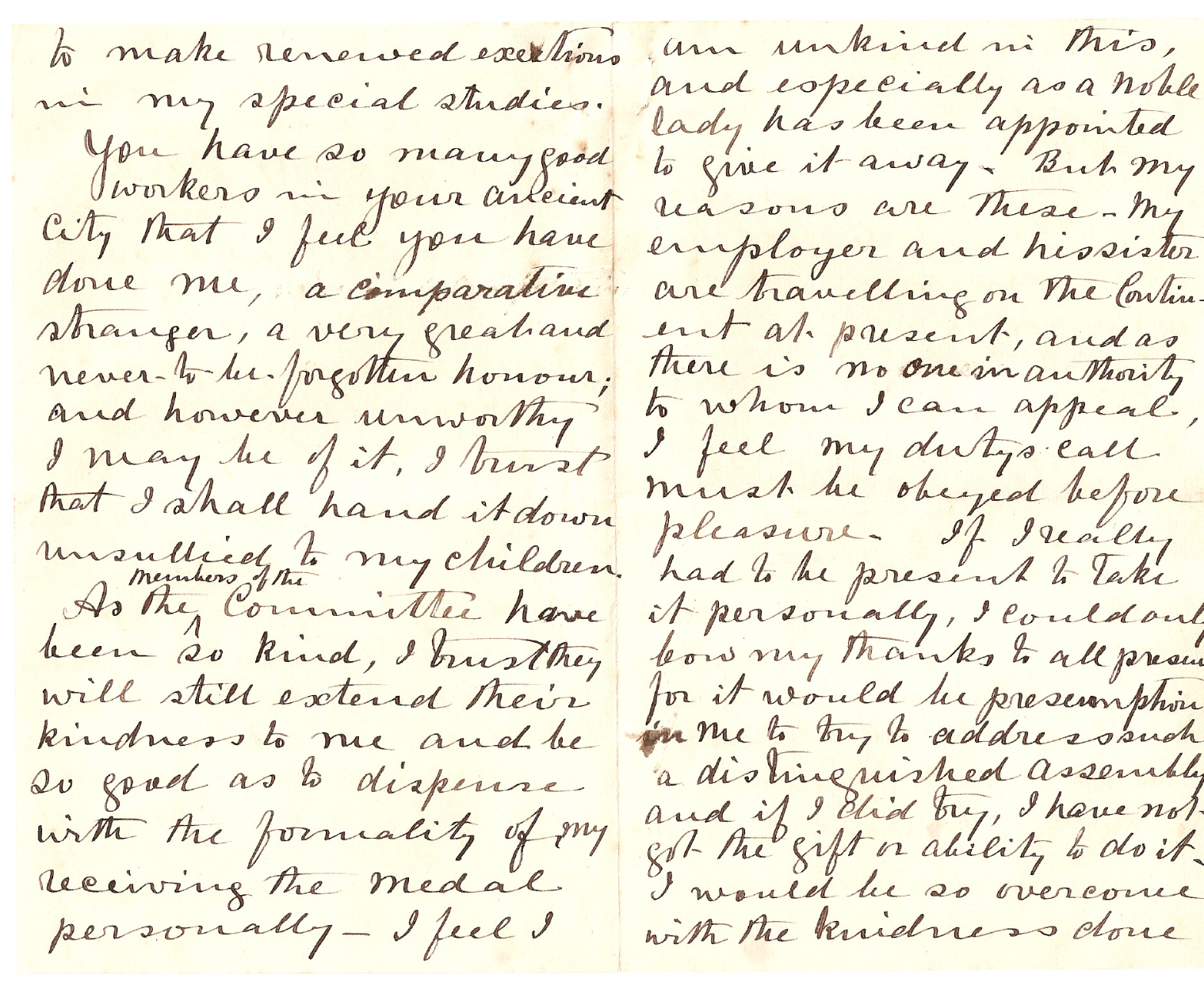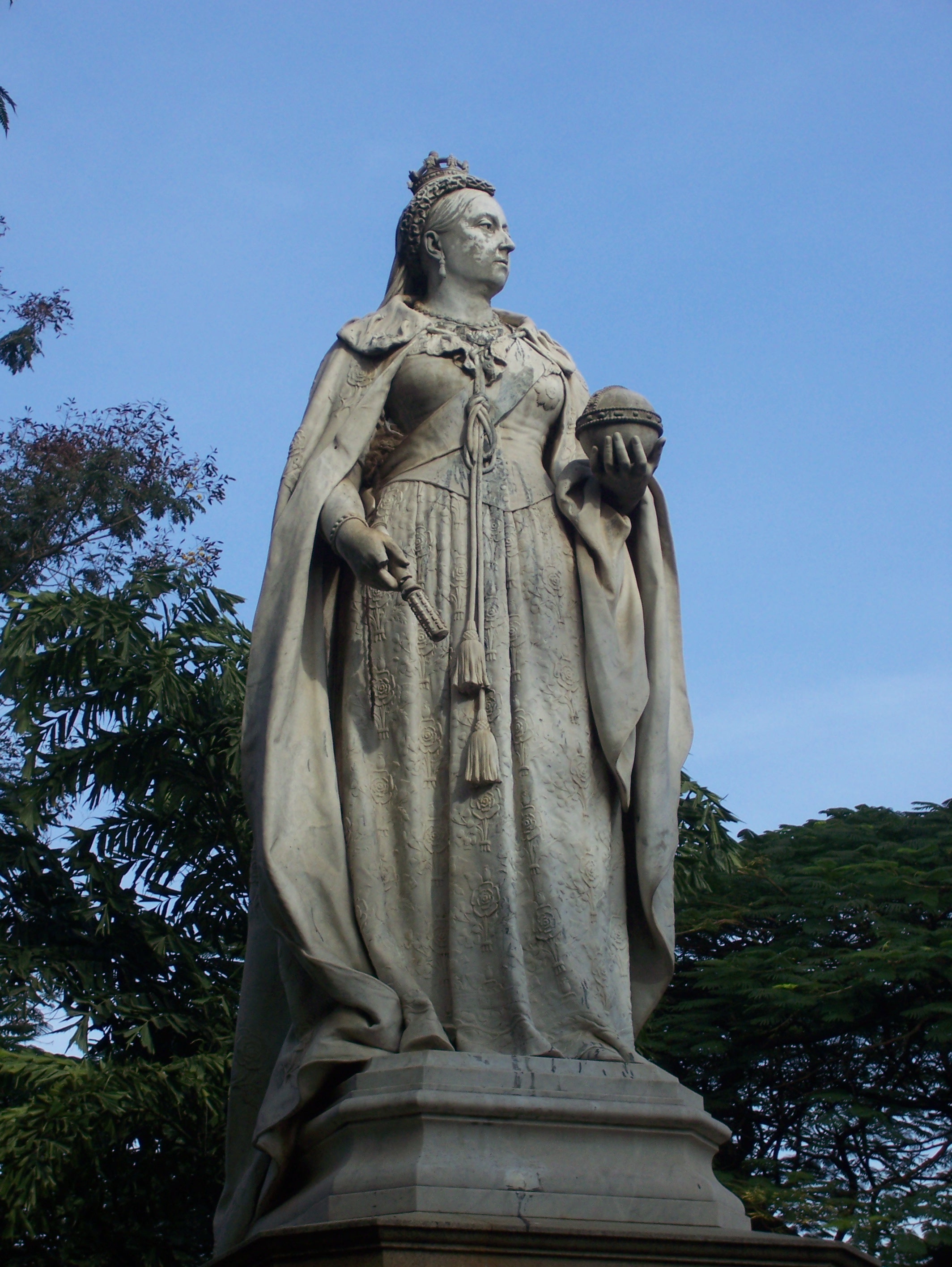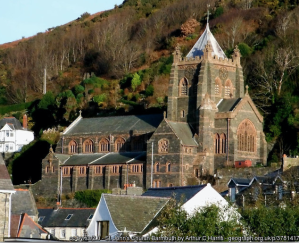
No copyright infringement intended
Thomas was always keen to engage with a new interest, often when encouraged by a friend who was researching a different area of geology or topography from Thomas’ own Silurian interest. In 1892 he had assisted A.C. Nicholson of Oswestry, Shropshire, in details of Nicholson’s paper on glacial deposits, thus moving on many millions of years in geological time. Now, in 1898 a new interest appears, spurred by his friend Mellard Reade -the research of hilltop perhistoric fortifications, a topic that would continue to absorb Ruddy for several years following.
Saturday the 23rd [July] I left for Bala at 2.10 where I was met by my friend Mr Mellard Reade and his stepdaughter, Miss Taylor to take me to Cerrig-y-Druidion to be their guest until Monday afternoon.On arrival at Penybryn, their lodgings, we had a comfortable tea, which I much enjoyed. Penybryn is situated on the bank a short way from the Saracens Head inn. There is a Methodist chapel and a few houses between Penybryn and the Saracen with the brook which falls into the Ceirw river. After tea Mr Reade and I went to see the ancient encampment of Penygaer, locally called Penymount.
After some research, I estimate this to be the encampment now known as Caer Caeadog, SH967478.

Thomas gives a detailed description: The camp is of nearly circular form; about three and a half acres in extent and is surrounded by a deep trench, 6 feet in depth; the excavated shale and earth thrown up to make an embankment on the inner edge of the trench. The solid shale 7 yards wide is left to form an entrance over the trench on the east side; another entrance being left on the west side. The ground slopes moderately steep on the south east to west; there is but little slope from the north west to the east Mr Reade stepped the ground and I measured it with my yardstick; we made it 178 yards east to west by 143 yards north to south. The surface is glassy and moderately even. I could not see any water near. Part of the trench is through shale rock. I think there must have been a wall round it. There is now a stone wall through the middle of it north to south and walls are everywhere near it. It overlooks an old road, 150 yards off.
We had supper on our return and spent the rest of the evening happily together. I went to sleep at the Saracens Head because there was no room for me at the farmhouse of Penybryn.

The following day, Sunday the 24th, Ruddy and Reade went for a walk on the hill of Rhos Gwern Nannau. It was a little cooler on the top, but the sun was very trying and I felt very thirsty. We had an extensive views from the top; West of us were Aran and the Areigs, North the Snowdonian mountains. There were interesting glacial terraces on the side of the hill one above another with great depth of drift. The boulders were of the Arenig type.
After tea they walked through the village, making geological and botanical observations as they went.. The road we followed was evidently the one used before the Holyhead road was made, all along the road in the wall and on the roadside were large and small boulders of conglomerate which puzzled us much; I have never seen such course conglomerate anywhere else in Wales. I first thought it might be a nodular ash rock which Ramsey describes in Vol III Geological Survey Page 93; but the boulders of the conglomerate were too plentiful to be from inconsiderable patches of ash rock, and they varied in composition from rather fine water worn pebbles to pebbles the size of eggs.
I found the Teesdalia plentifully on a wall beyond the village on the Denbigh road, and the birdsfoot (Ornithopus) in several places. Lipidium Smithii crow-wheat Hypericum humifusa, and Bog Asphodel on the way. After supper, we had much to talk about until bedtime. The walk was very enjoyable.
On Monday the 25th the two men continued their expeditions in the local area, taking note of the geology at every turn. Just on the south side of the stream there is gravel mound of much interest; this is Mr Reade wished me to see. It is composed of layers of fine sand and gravel of glacial origin. The top of the mound is 900 feet above sea level, and the mound is 35 feet in height. There are several others of the same sort, and one at Tynyfelin on the Glasfryn side. I found the water-worn pebbles large and small of Bala shale, Arenig ashes conglomerate etc. There were several large Arenig ash boulders on the side of the road crossing the Meadows.
We returned to be in time for dinner, and after dinner we all left in the trap for Corwen. We had a very pleasant drive of 10 miles along the Holyhead Road all the way and got to Corwen at 4 o’clock; then had tea and after some shopping I was driven to the station in time for the 5 o’clock train where my kind friends took leave of me and returned to Cerrig y Druidion.
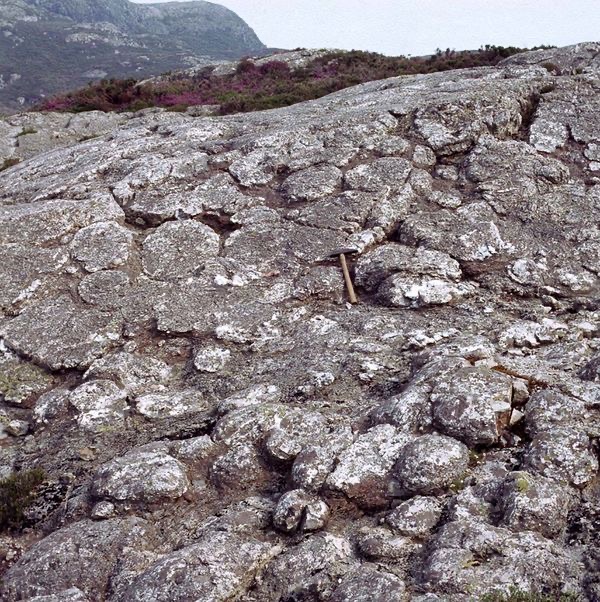
Thomas rarely, if ever, left his family home overnight. This short trip with a trusted geological friend was a rare opportunity for such enjoyment. Little did he know the tragedy that he would find infolding at home.









